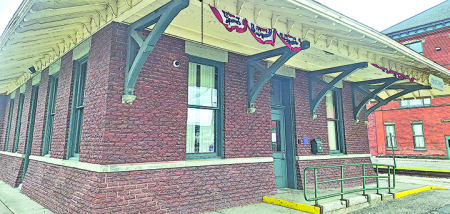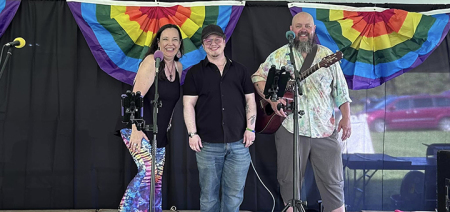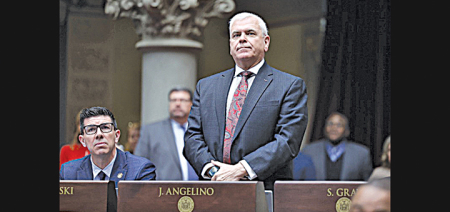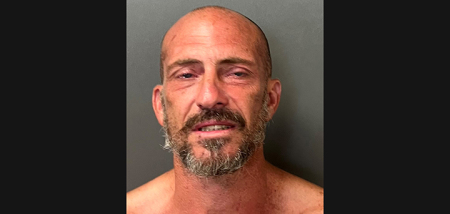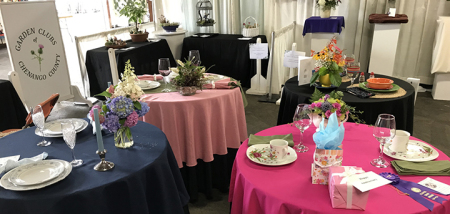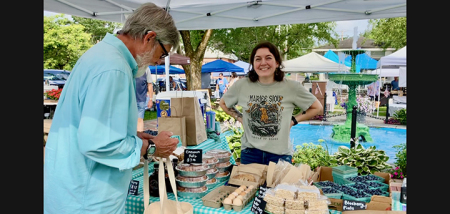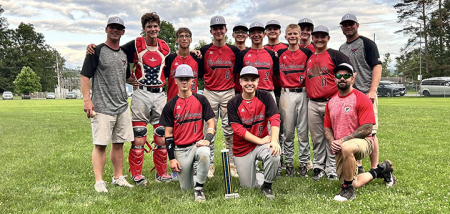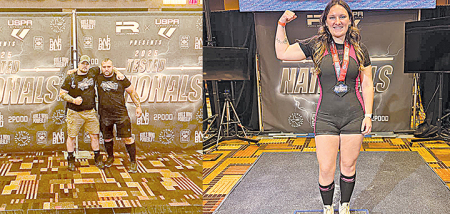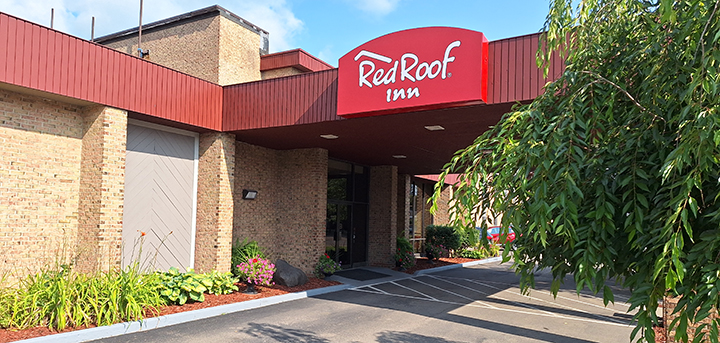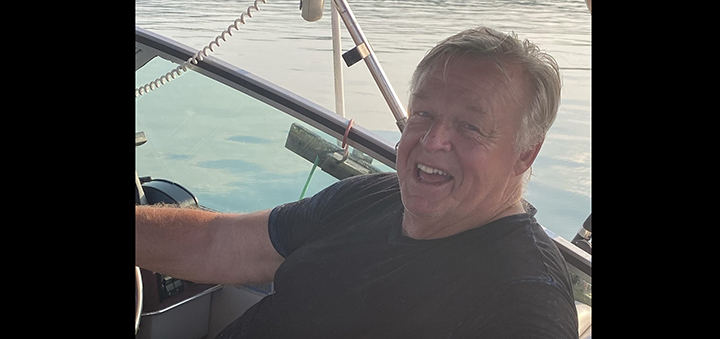Outdoor Chenango: The Economics Of Deer Hunting
Published:
November 14th, 2018
By:
Tyler Murphy
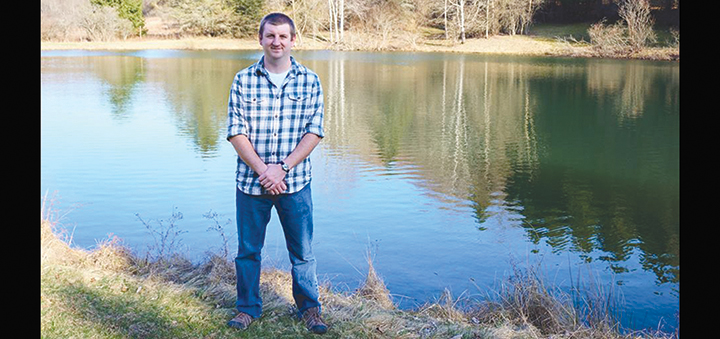
Eric Davis
Sun Outdoor Columnist
Opening day of firearms season for big game is this Saturday. This brings thousands of hunters across New York out into the woods with the hopes of harvesting a deer.
While not every hunter is successful, their contribution to conservation is huge. Last year there were over 400,000 hunting licenses sold in New York. The sale of all those licenses totaled over $11 million! It can’t be said that they all were bought specifically for deer hunting because New York has a general hunting license that covers big game and small game. However, I’d be willing to say a lot more than half of them were bought with deer hunting in mind.
Contrary to many people’s beliefs, that money can only be used by the Department of Environmental Conservation for wildlife management activities. If the state tries to use the license money for unapproved activities, they can be disqualified from receiving Pittman-Robertson Act money. The Pittman-Robertson Act puts an excise tax on firearms, ammunition and other hunting and shooting items that are collected from the manufacturer directly. This money is held by the Department of the Interior and is dispersed to each state using a formula based on how many hunting licenses were sold by the state as a fraction of all the licenses sold nationwide and how big the state is. It is usually close to a $3-to-$1 ratio for federal to state money. In 1970, the Act was amended to provide funding for hunter education and public target ranges in addition to the original purpose of restoration of wild birds and mammals and to acquire, develop, and manage their habitats. So not only do hunters directly contribute to the conservation of game animals by buying their license, they also contribute when they purchase firearms, ammunition, archery equipment, and other hunting equipment. In 2017, $780 million were apportioned nationwide.
In addition to the money that hunting generates for that directly goes back into conservation, hunters provide a boost into local economies. Some hunters will travel a long way to hunt, causing them to stop at gas stations and places to eat along the way. Local motels and hotels can get filled with out-of-town hunters. Restaurants and bars get a boost because everybody’s got to eat. Have you ever driven past a mom-and-pop diner at 10 am on opening day? The parking lot is usually full of pickup trucks and every booth has a group of hunters in came and blaze orange. I’d have to think it’s a good day to be a waiter or waitress with that many tables full.
If hunters have a “deer camp” they need to stock up with food and drinks for the weekend, and they probably wait until they are close to camp so they can buy refrigerated goods. Lastly, sporting goods stores who are already busy will get even busier as every group if hunters have at least one person who forgets something and must make a last-minute run to the store. I have worked at three different outdoor retail stores during the fall and the day before gun season often rivals Black Friday for sales amounts! While many hunters may not like the influx of out-of-towners around opening day, they are helping local businesses and their purchases are subject to local sales tax that helps fund local municipalities.
The weather forecast looks to be pretty good for this weekend. Based on activity I have been seeing in the Sherburne area, does are coming into heat and bucks are starting to go into lock-down where they stick with a hot doe until she lets him breed her. Try to spend as much time in your stand as possible this weekend. Once a buck gets done breeding one doe, he will go looking for another doe. A little doe-in-heat lure might do the trick. Make sure to wear blaze orange and to follow the ten commandments of firearm safety.
Good luck and shoot straight!
Author: Tyler Murphy - More From This Author
Comments
